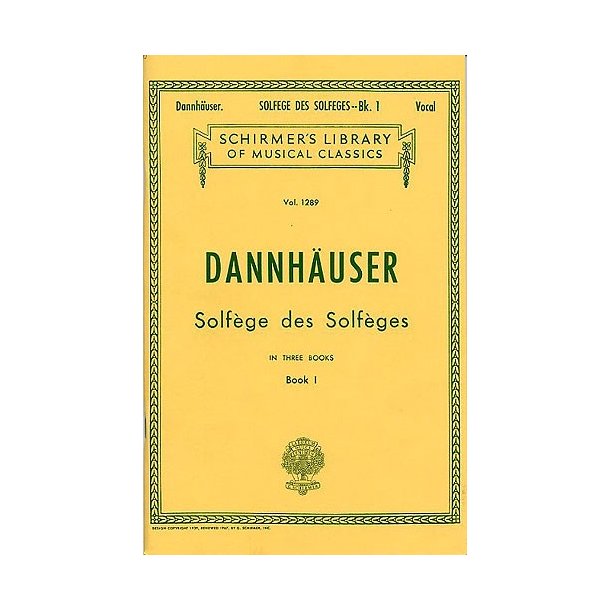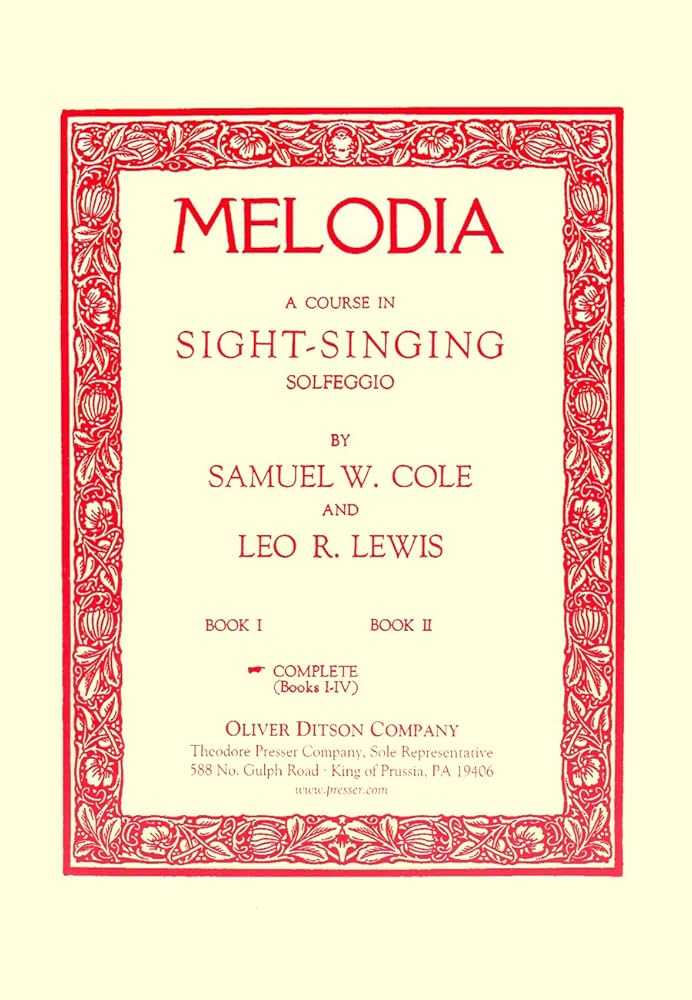Every title here has been personally reviewed and handpicked by experienced musicians. These free solfège resources combine theory and ear training with real pedagogical value — no gimmicks, just pure learning.
Why This List Matters
Manually Curated
Every resource was reviewed and handpicked for real-world musical growth.
Instant Access
Download full PDFs — no registration, no waiting, no paywalls.
Trusted Worldwide
Used by educators, choirs, and music students across the globe.
The Complete Guide
Everything You Need to Know About Free Solfège Books
Unlock your ear training and sight-singing potential without spending a cent. Explore our carefully curated list of top-rated solfège resources available completely free online.
Learning solfège doesn’t have to come with an expensive price tag. Many high-quality materials are freely available, created by professional musicians, educators, and conservatories. We’ve explored hundreds of resources to bring you a definitive selection of the 10 best free solfège books you can download and start using today.
Whether you’re a music student preparing for conservatory exams, a choir member improving pitch accuracy, or a self-taught learner mastering ear training, these books deliver structured, comprehensive lessons for all levels. From classical European methods to modern pedagogical approaches, each title offers something uniquely valuable.
Why These Free Books Stand Out
✓
No Hidden Costs:Every title here is 100% free to access, download, and keep.
✓
Expert-Crafted:Authored by professional musicians and educators.
✓
Step-by-Step Structure:Lessons progress naturally from beginner to advanced levels.
✓
Varied Approaches:Includes both fixed-do and movable-do systems for diverse learners.
Quick Comparison Table
Compare all featured solfège books side by side — from beginner-friendly introductions to advanced theory manuals. Quickly spot the best fit for your learning goals, budget, and preferred teaching style.
*All information — including pricing and ratings — reflects the latest verified data from trusted sources.
Detailed Analysis
Complete Book Breakdown
Explore an in-depth look at each featured solfège book — including expert insights, pros and cons, and direct access to the original source or purchase link. Each review highlights what makes the resource valuable for learners at different stages.
1
Item 1 of 10

Author: Adolphe Danhauser
Publisher: G. Schirmer, Inc
Level: Beginner
Format: PDF (66 pages)
The 'Solfège des Solfèges, Premier Livre' by Adolphe Danhauser is one of the most well-known introductory methods for music students. It contains progressive exercises for sight-singing, rhythm, and intonation. Each exercise is carefully designed to build a strong foundation in music reading and ear training, making it easier for students to understand melodies and harmonies.
Key Benefits:
- Progressive beginner exercises
- Supports ear training & rhythm study
- Foundational text for classical training
- Free public domain PDF
Considerations:
- Old-style notation may feel outdated
- Limited to beginner focus
2
Item 2 of 10

Author: Samuel W. Cole & Leo R. Lewis
Publisher: Oliver Ditson Company
Level: Beginner to Advanced
Format: PDF (216 pages)
“Melodia: A Comprehensive Course in Sight-Singing (Solfeggio)” by Samuel W. Cole and Leo R. Lewis is a foundational music education text first published in 1904. Designed to develop a singer’s ability to read and perform music at first sight, the method emphasizes building confidence through progressively challenging exercises. The course is divided into four books, each focusing on different aspects of vocal training, including interval reading, rhythmic accuracy, and solfège practice.
Key Benefits:
- Structured progressive exercises in sight-singing
- Divided into volumes to match learner progression
- Free public domain educational resource
- Used in music education courses
Considerations:
- Older style / notation
- May require guidance or supplementary material
3
Item 3 of 10
Author: Delaware Choral Arts (editor / publisher)
Publisher: Delaware Choral Arts
Level: Beginner to Intermediate
Format: PDF (12 pages)
The “Ultimate Guide to Solfège” PDF offers a modern introduction to solfège, its benefits, and its methods in vocal and general music training. It serves as a practical reference for singers, educators, and music students. By incorporating this volume into regular practice, musicians can develop a stronger sense of pitch and rhythm, essential components of musical mastery. The guide is freely available from the Delaware Choral Arts organization.
Key Benefits:
- Straightforward guide to solfège practice
- Useful for singers and choir training
- Free public domain style PDF from an educational institution
Considerations:
- Not a traditional method book
- Less musical exercises than classic method texts
4
Item 4 of 10

Author: Francisco Sierra
Publisher: Francisco Sierra
Level: Beginner to Intermediate
Format: PDF (29 pages)
Francisco Sierra’s Solfege Drills is a practical resource designed to enhance musicians' sight-singing and ear-training skills. This collection offers structured exercises focusing on intervals, scale patterns, and solfège syllables, making it ideal for daily practice. The drills are organized to reinforce fundamental concepts, aiding musicians in developing a strong aural foundation.
Key Benefits:
- Structured interval & scale drills
- Free public PDF resource
- Supplemental for solfège curriculum
Considerations:
- No publisher info
- May not stand alone as a full method
5
Item 5 of 10
Author: Daniel Kazez
Publisher: Journal of Music Theory Pedagogy
Level: Beginner to Intermediate
Format: PDF / article (17 pages)
“Solfege Drills” by Daniel Kazez is a practical guide to enhancing musicianship through targeted solfège exercises. Published in the Journal of Music Theory Pedagogy (Vol. 6, 1992), the article offers a structured approach to ear training and sight-singing. Kazez's drills are designed to improve pitch recognition, interval identification, and rhythmic accuracy, making them valuable tools for both students and educators. The exercises cater to various skill levels, providing a progressive framework that supports the development of aural skills and theoretical understanding
Key Benefits:
- Targeted solfège drills
- From a pedagogical journal, suitable for educators
- Free academic resource
Considerations:
- Not a full method book
- Primarily academic / article format
6
Item 6 of 10
Author: Camilla Louise Holmes
Publisher: Camilla Holmes
Level: Beginner
Format: PDF (41 pages)
Camilla Holmes' Free Singing for Beginners is a practical guide designed to help new singers build a strong foundation. The book covers essential topics such as warm-ups, breathing techniques, and basic music theory, making it accessible for those starting their vocal journey. Holmes emphasizes the importance of proper posture, voice care, and consistent practice to develop vocal strength and flexibility.
Key Benefits:
- Practical singing exercises and vocal tips
- Designed for beginners to start singing safely
- Includes theory basics to support singing
Considerations:
- Not a full method text
- Simpler content, may lack advanced depth
7
Item 7 of 10
Author: Marguerite Wilder & Contributors
Publisher: GIA Publications
Level: Intermediate
Format: PDF (16 pages)
This is a pedagogical method linking ear training, singing, and instrumental musicianship. It emphasizes learning music through listening and internalizing patterns before reading notation. The method is based on the Conversational Solfège approach developed by Andrew and Jill Feierabend, which focuses on developing musical literacy through tonal and rhythm patterns.
Key Benefits:
- Bridges between listening and performing
- Supports conversational solfège pedagogy
- Free access for music educators and students
Considerations:
- May require teacher guidance
- Some instrumental content may be advanced
8
Item 8 of 10

Author: Berklee Online
Publisher: Berklee Online
Level: Intermediate / Advanced
Format: PDF (72 pages)
This handbook from Berklee Online provides a strong foundation in harmony and ear training, linking theoretical concepts with listening exercises. Freely downloadable from Berklee’s site. It covers scales, intervals, chord progressions, and practical ear training techniques used in contemporary music education. The handbook is designed to support students in developing aural skills alongside theoretical understanding, making it a valuable resource for musicians looking to enhance their musical literacy.
Key Benefits:
- Integrates theory with ear training
- Covers harmony, scales, intervals, chord progressions
- Authoritative source from Berklee
Considerations:
- Not a full textbook
- May require supplementary exercises or practice software
9
Item 9 of 10

Author: Andrew & Jill Feierabend et al.
Publisher: Feierabend / GIA Publications
Level: Beginner to Intermediate
Format: PDF (23 pages)
‘Conversational Solfège’ is a program by Feierabend that introduces musical literacy using tonal and rhythm patterns before notation. The method encourages internal hearing, pattern singing, and gradual exposure to notation. The PDF is hosted via GIA’s site. It is designed for second through eighth grade general music programs, helping students become independent musical thinkers through engaging literature and aural skills development.
Key Benefits:
- Bridges aural and notation skills
- Progressive pattern-based learning
- Widely respected in music education communities
Considerations:
- Not a full textbook for advanced musicians
- May require structured teaching guidance
10
Item 10 of 10
Author: College Board
Publisher: College Board
Level: Intermediate / Educational
Format: PDF (58 pages)
This College Board guide “Music: Teaching Sight Singing” offers pedagogical strategies, exercises, and theory for teaching sight singing in schools and institutions. The full PDF is hosted on College Board’s site. It emphasizes developing musicianship skills through structured sight-singing exercises, ear training, and music theory. The guide is intended for educators looking to implement effective sight-singing instruction in their curriculum.
Key Benefits:
- Teacher-centric guide with exercises
- Structured approach for classroom instruction
- Free download from authoritative source
Considerations:
- Focused on pedagogy (teachers)
- Not a full student method book
How to Get Started
1
Choose Your Level
Browse the comparison table and pick a book that matches your current skill level. Beginners should start with foundational methods, while advanced students can jump to more complex materials.
2
Download & Print
Click the download link in each book's review section. Save the PDF to your device or print it for traditional practice. All books are completely free with no registration required.
3
Practice Daily
Consistency is key! Set aside 15-30 minutes each day for solfège practice. Work through exercises methodically, and don't rush. Record yourself to track progress.
4
Progress & Advance
As you master each book, move to the next difficulty level. Consider working through multiple books simultaneously for a well-rounded approach.
🎁
Start Learning Today—Free!
With 10 professional books at your fingertips, there's no better time to begin your solfège journey. Download, practice, and grow—all at zero cost.
View The Best Books.png)




